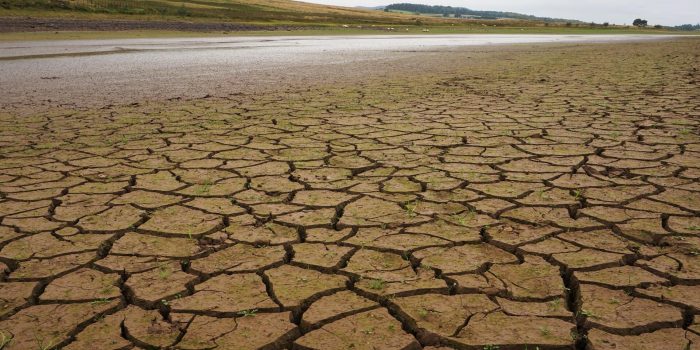Europe is heating up at an alarming pace, as described in a report by the World Meteorological Organization (WMO) and the European Union’s Copernicus Climate Change Service as the fastest-warming continent on Earth. According to this report, Europe’s temperature has risen a massive 2.3 degrees Celsius (36.14 degrees Fahrenheit) above the pre-industrial level, while the average global rise is 1.3 degrees Celsius (34.34 degrees Fahrenheit).
These rapid increases in temperature are the basis for an eruption of freak climate situations. Among the many consequences, heatwaves, wildfires, floods, and droughts seem to be occurring often enough and at a more violent stage. For instance, in 2023 Europe experienced its worst wildfire in history and a record number of days with extreme heat stress levels. The human costs have also been evident since early estimates indicate that around 150 Europeans lost their lives during storms, floods, and wildfires in the previous year alone.

The fluctuations in weather patterns are increasing. While southern Europe suffered from severe droughts, nations like Greece, Italy, and Scandinavia experienced widespread flooding. With prolonged summer heatwaves afflicting several locations, September 2023 marked the warmest September ever recorded in Europe.
The effects on health are dire. Cases of heat exhaustion and heatstroke are on the rise throughout Europe, especially in susceptible groups. In the last 20 years, the number of heat-related mortality has increased by about a third, with increases seen in 94% of the nations under observation.

Extreme weather is having a negative economic impact. According to the analysis, in 2023, natural disasters caused approximately $14.3 billion in economic damage to Europe.
Governments are urged by the report to give renewable energy sources priority. Even if 43% of Europe’s electricity came from renewable sources last year, there still has to be a big acceleration. “The cost of climate action may seem high, but the cost of inaction is much higher,” cautions WMO’s Saulo.


